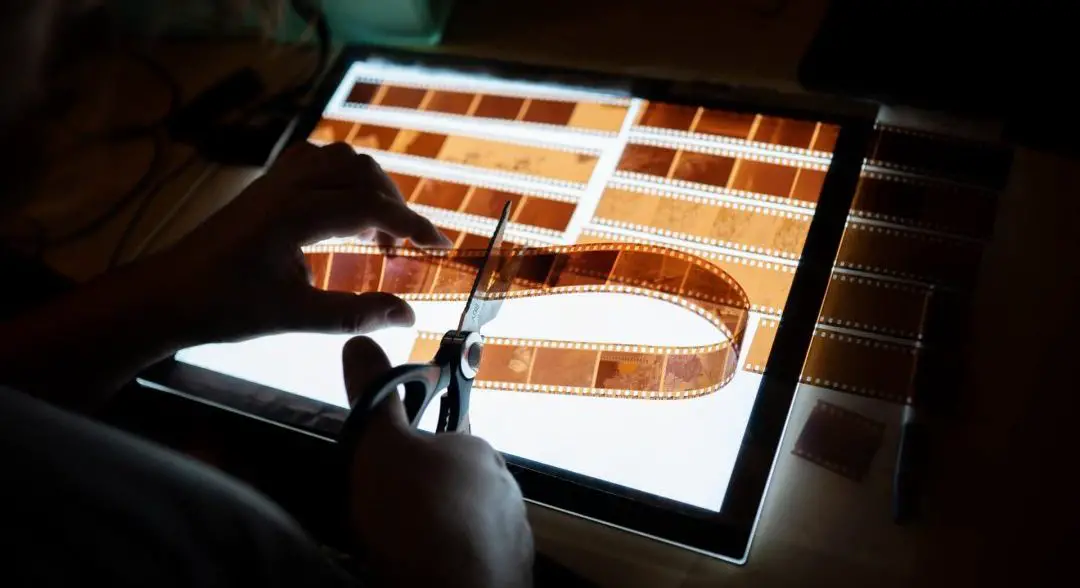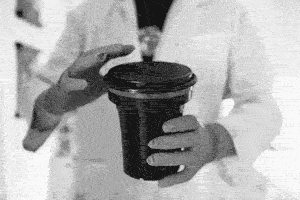Film photography has grown over the past two years. Without a doubt, it’s become one of the more popular mediums among new photographers who are looking for a cool way to escape the digital world.
Just like there are enthusiasts for manual gear shifts, and reading books they can hold in their hand, there will always be people who want a more hands-on, analog approach to photography. But is film photography difficult for beginner photographers?
Using photographic film is surprisingly easy. While many forums will say you need to take the utmost care, modern film is able to tolerate a surprising variety of conditions and exposure settings. The hardest part of film photography is finding a working camera that fits your budget and shooting style.
In fact, I have found that while film photography may be harder than digital, film images are way more likely to be bangers. Classic film grain has its own vibe, and even if it is technically lower resolution than a digital camera, the images feel more authentic and three-dimensional.
And developing film at home is also surprisingly straightforward and easy. Even when I’ve ignored the advice of people on the Internet, I’ve still opened the tank to find good, dense negatives.
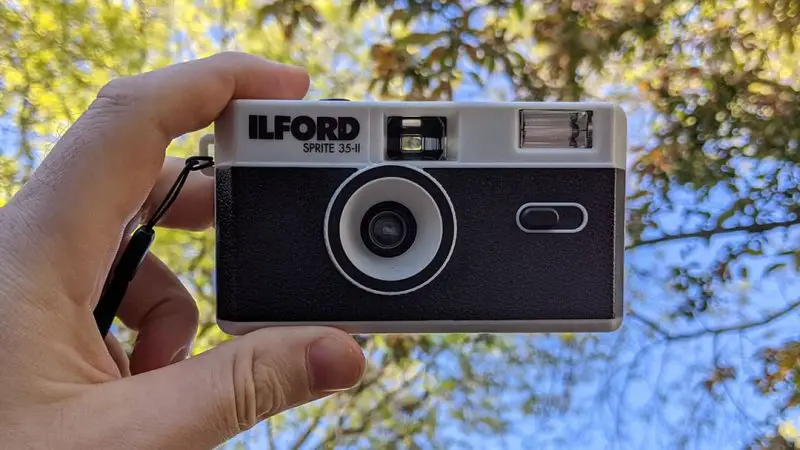
What are the easiest film cameras for beginners?
If you’re new to film photography, don’t pick up a medium format camera. The Hasselblads, Mamiyas, and Rolleiflexes may look nice, and the prices may be rising faster than the cost of housing in your area, but they are not easy to use.
I recommend starting with 35mm film cameras. The cameras and lenses are more common, cheaper, smaller, and easier to use. 35mm film is also easier to find and develop, gives you more photos per roll, and there are many more 35mm options for cool film stocks.
The best film cameras for new photographers are almost always cheap point-and-shoot cameras. These cameras were deal with the exposure for you, and might even read the ISO on the film canister in case you don’t know it. All you have to do is compose the image and press the button.
My favorite camera for new film photographers is the Ilford Sprite 35-II. This incredible little camera takes photos that look just like a disposable camera, but it’s reloadable for use with any 200-400 ISO film. Since the camera has a flash, it will properly expose your images no matter what situation you’re in.
And it’s so simple and easy to use that I’ve found I capture more authentic smiles with this camera than any other. Find it on Amazon for the best price here.
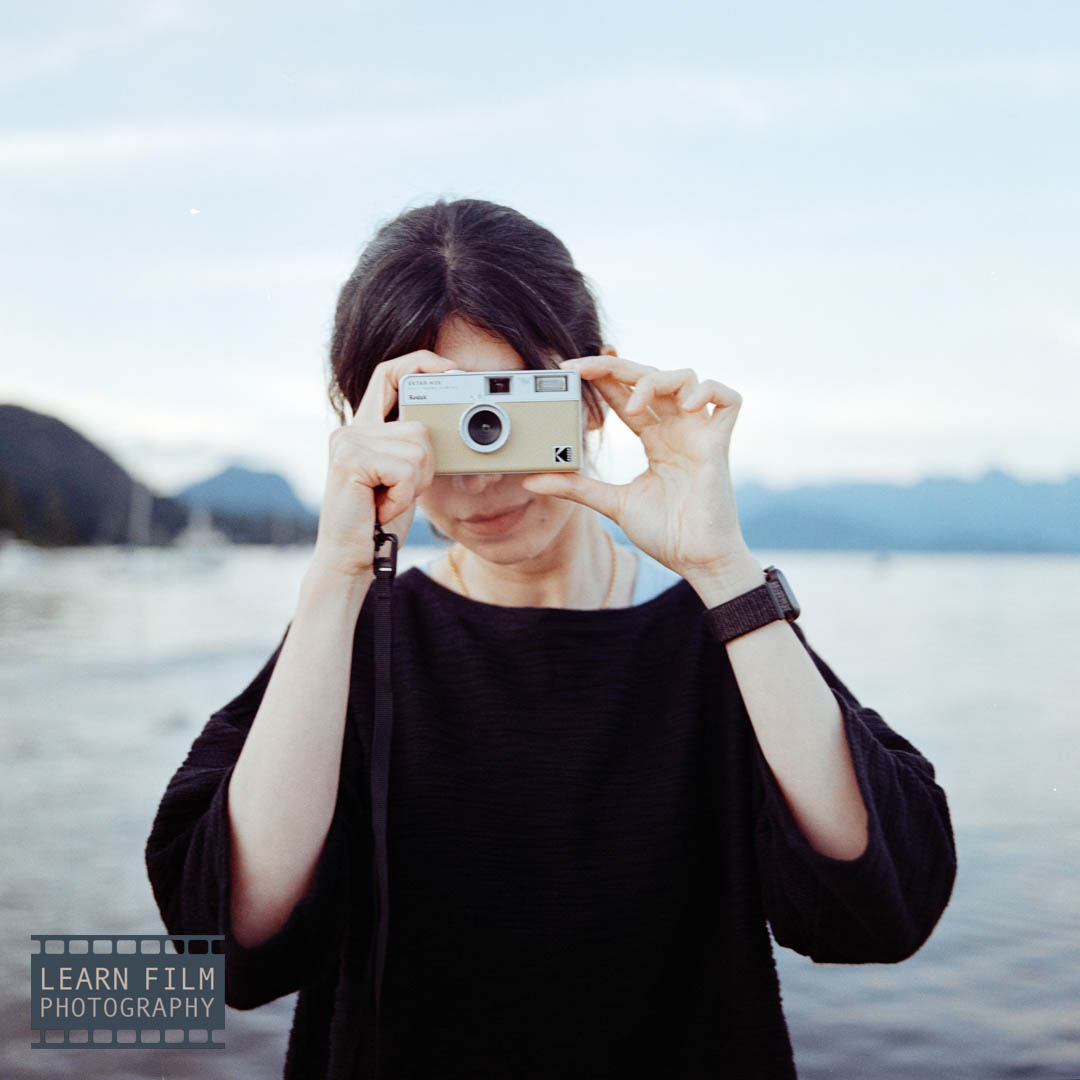
How do I find a film camera for cheap?
It’s no secret that film cameras are getting a bit out of hand. There aren’t any professional-quality manual cameras still being built (aside from 4×5 and 8×10 cameras). So naturally, the prices are rising rapidly with the limited good stock still available.
But there are still many good deals to be had in the right place. The best place to find a good quality film camera is at your parent’s or grandparent’s house. Film cameras were often treasured, and each family had at least one photographer who would have kept their equipment in the best condition possible. Get it a professional CLA (clean, lubricate, and adjust), and it’ll serve you for years to come.
The next place to look is on Facebook Marketplace, Craigslist, or Kijiji. Most sellers on these platforms aren’t out to scam you. They usually care that the camera is in good working order before listing it (and will mention if it isn’t). Check the cameras over for these top five issues before handing over your money.
The last place to look is eBay and KEH.com. These places are more expensive, but they do at least have the guarantee that you’ll be able to return them if the camera isn’t working as written in the listing.
I do not recommend purchasing cameras from flea markets, or swap meets. Sellers in these locations like to pressure buyers into a quick sale, where you’ll have no time to really inspect the camera for defects. Flea markets also tend to sell the cameras at eBay and KEH prices. So even if there is a rare camera there (there usually isn’t), you’re not going to get a deal.
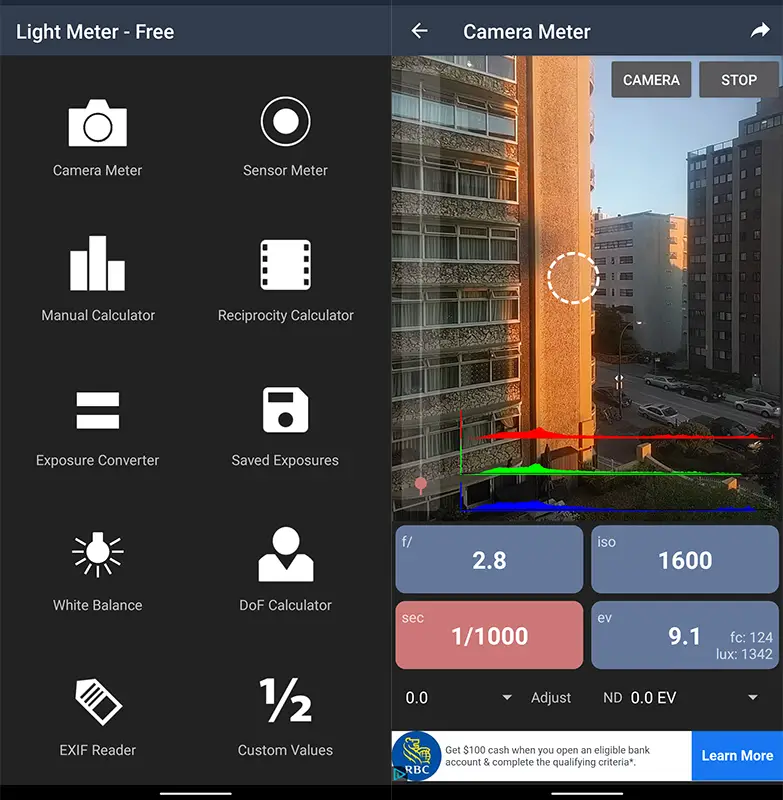
Is it difficult to get the right exposure?
Many people worry about not getting the right exposure with their film cameras. And that’s fair — each shot does cost money, and you can’t see the results until they’re developed. So there’s often no going back.
But film is surprisingly forgiving of over and underexposure. Film usually has good enough latitude to be over or underexposed by 1 stop and developed normally. That means if you’re shooting a roll of ISO 400 film, you can safely expose it between ISO 200 and 800 without worrying.
But even if you get the exposure wrong, it’s not the end of the world. I’ve severely over and underexposed my negatives and still come home with good images — especially when using films like Ilford HP5 or Kodak Tri-X.
HP5 in particular is one of my favorite films because it has the best exposure latitude in the industry, and produces incredible results even when shooting it at a much higher ISO than box speed (Get some HP5 on Amazon here).
Most cameras come with a meter that will help you to easily get the right exposures. And if you have a point-and-shoot camera, you don’t even have to worry about exposure in most cases.
Those who understand the exposure triangle and want to use a fully manual camera can use a light meter app on your phone to get perfect exposures every time.
The light meter app is easy to use, and almost never misses the proper exposure. I’ve messed up the exposure with the expensive handheld meters much more often.
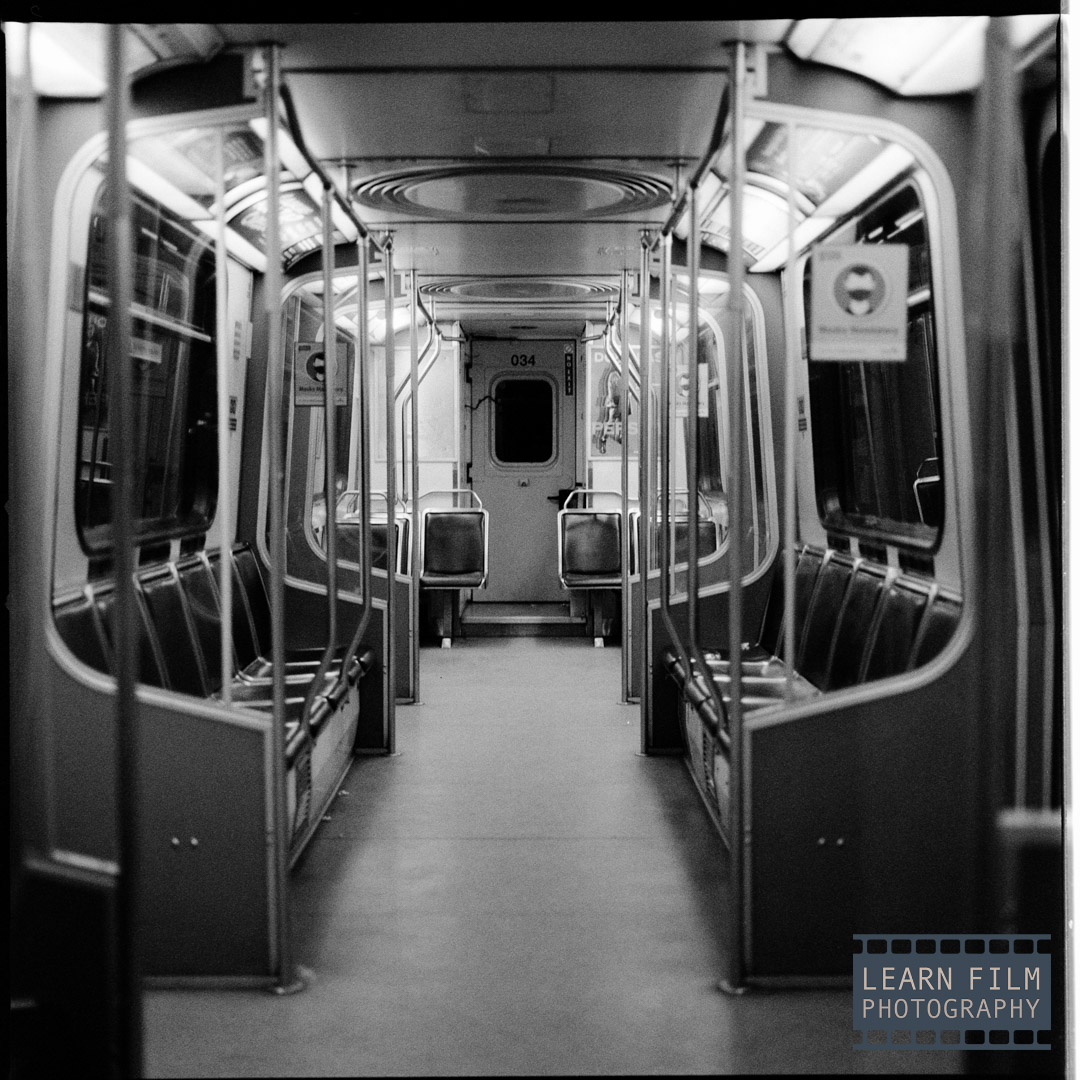
How hard is it to develop film at home?
I’ve made nearly every film developing mistake in the book (seriously, this list here is proof of all the mistakes I’ve ever made when processing film). But I still believe that film is easy to develop.
Over the last 3 years, I have developed around 500 rolls of film. I’m not a careful person, and I can count the number of rolls I’ve seriously messed up to the point where I didn’t get images on one hand.
Highschoolers can do it, Tony Stark could probably do it in a cave with a pile of scraps, photojournalists could do it on deadline, and you can do it, too, in your kitchen with a few basic supplies and safe chemicals. This kit on Amazon has everything you need to get started, other than the darkroom film changing bag, like this one that I use at home.
The biggest reason I see people not want to mess with developing is that they’re afraid of temperature control. With B&W, I don’t control temperature — like at all — and it always comes out just fine.
When developing color film, I’ve used the hot water from the tap and a cheap thermometer that used a strip of paper balanced inside of a glass tube made in China that I guarantee was not accurate, and the negatives still came out fine. So you can definitely do it.
If you want to learn more about developing film, here is the LearnFilm.Photography guide to help you get started developing film the easy way.
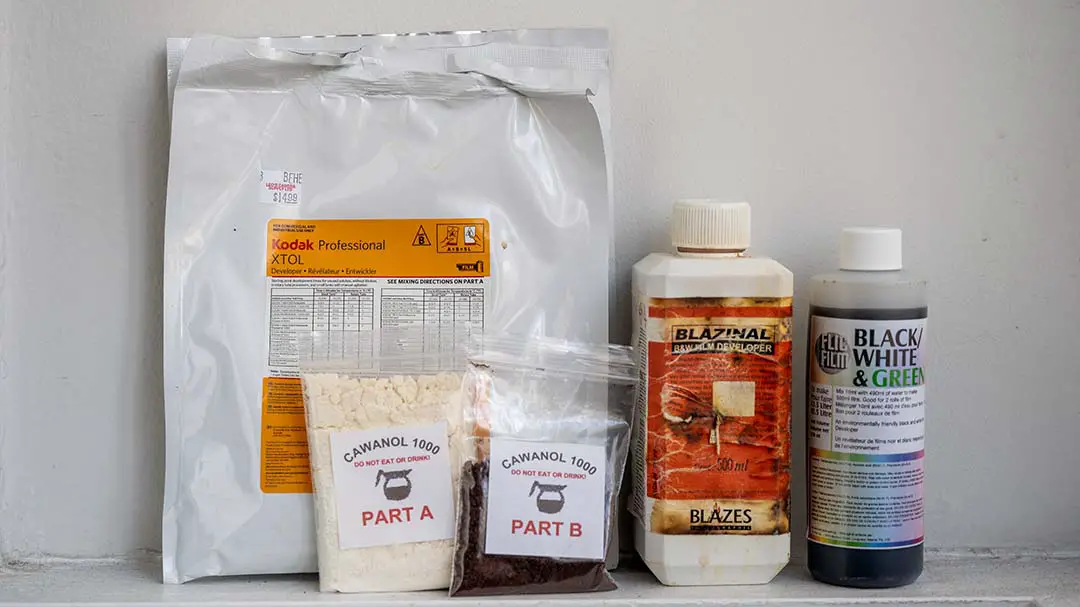
What developer do you recommend for new photographers?
Choosing the right film developer for B&W is a long and arduous process. But I always recommend starting out with Rodinal (Blazinal in Canada), because it creates that classic film look that photographers want to create in the first place.
Rodinal is also one of the sharpest developers on the market and has the longest shelf life of any developer. So there’s honestly nothing to dislike about this developer.
But if you’d like to learn about the different developers, including a comparison between them all, here’s an article where I compared some of the most popular film developers available. and another looking at the best environmentally-friendly film developers.
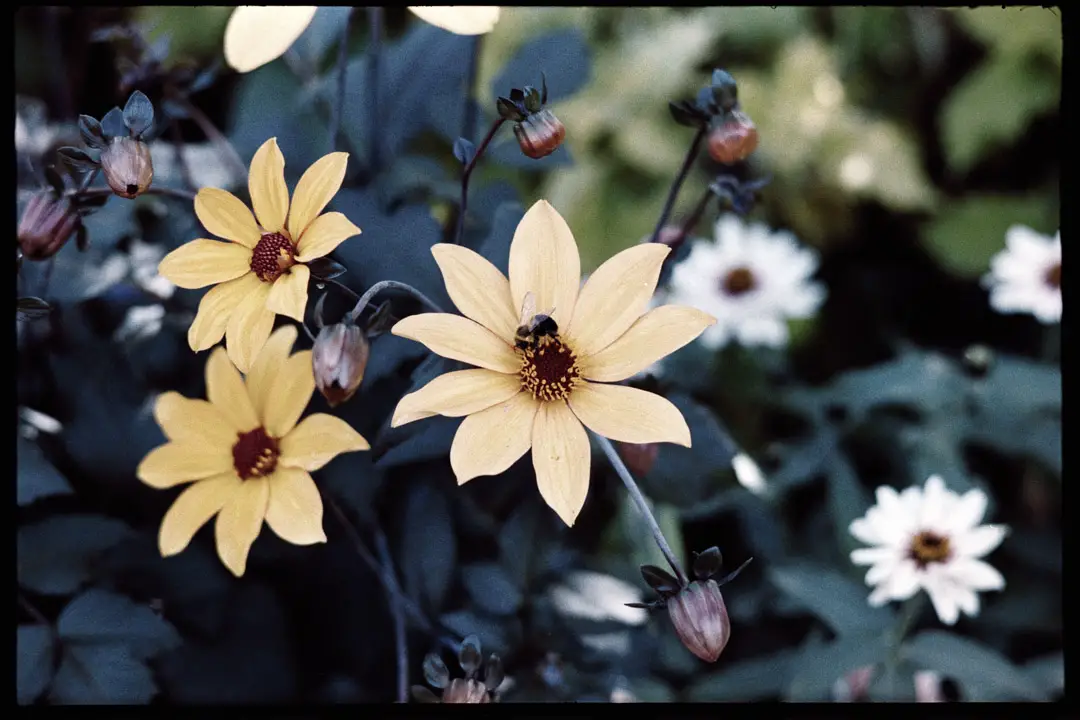
Final thoughts
The people that say film photography is difficult are likely the people who stress about the small things too much. I remember talking to a camera repairman after picking up my Hasselblad, and he just dispelled so many myths that were spread around on the Internet.
Film cameras and the film itself are designed to be robust. They’re made to be foolproof and to give you results even if you’re developing in the middle of a tornado.
The main thing that will keep you practicing film photography is to have fun with it. Get out there and shoot, develop at home, and enjoy the process.
And if you have any questions, leave them in a comment down below, or join our growing official Facebook community! You can also send me a personal message on Instagram, and I’ll respond as soon as I possibly can.

By Daren
Daren is a journalist and wedding photographer based in Vancouver, B.C. He’s been taking personal and professional photos on film since 2017 and began developing and printing his own photos after wanting more control than what local labs could offer. Discover his newest publications at Soft Grain Books, or check out the print shop.

